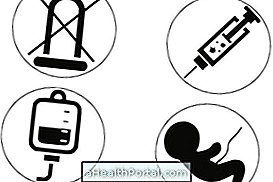Hemiplegia is a type of cerebral palsy that strikes one side of the body leaving you paralyzed and very weak.
Hemiplegia can occur due to complications in pregnancy, being called congenital hemiplegia, or due to situations that affect the brain, such as Stroke, infection that reaches the nervous system, sclerosis and even be a consequence of aggravation of diabetes, being called acquired hemiplegia .
Although it can not be completely reversed, hemiplegia treatment should be done as soon as possible to improve the person's quality of life, which is usually done with physical therapy.
Main causes
Hemiplegia can be caused by brain injuries, such as bleeding, congestion or embolism, and may also appear as a symptom of atherosclerosis or after a stroke. Learn how to identify the stroke.
Although different types of injuries can cause cerebral palsy, it can occur especially during the first few years of life when the child develops serious illnesses such as meningitis, infections or severe dehydration, but in many cases their cause is unknown.
Cerebral palsy is progressive, although symptoms may range from almost imperceptible to severe spasticity (rigidity), in all forms speech can be difficult to understand due to the difficulty in controlling muscles related to word pronunciation. Understand what spasticity is.
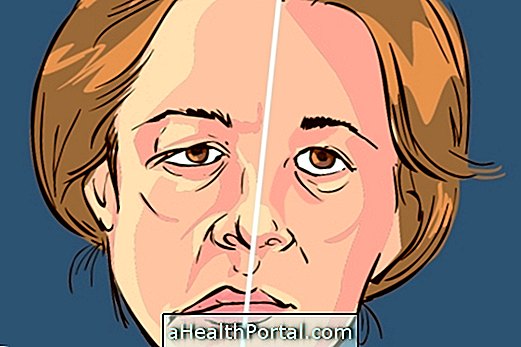
Characteristics of hemiplegia
Hemiplegia can be characterized by pain in the joints, decreased sensitivity on the affected side of the body and difficulty in performing movements. Other features of hemiplegia include:
- Affected side of the contracted face, leaving the mouth crooked and difficulty opening and closing the eyes;
- Difficulty in movements of the arm and leg on the side affected by the "spill";
- Spasticity or stiffness, in which the arm tends to become shortened and the leg tends to become very hard being difficult to bend the knee;
- Difficulty initiating movements with the arm and leg affected;
- Scoliosis.
Depending on the affected side of the brain, there may be other signs and symptoms, such as:
1. Left hemiplegia - Right brain injury:
- Difficulty in orienting in relation to the environment;
- Neglect of the left side of the body;
- Do not dress by starting on the affected side;
- Difficulty with numbers, being difficult to perform accounts, for example.
2. Hemiplegia on the right - Brain injury on the left side:
- Does not recognize numeric symbols (+ - =);
- Difficulty in distinguishing the right side of the left in oneself and in others;
- Difficulty remembering what he was going to do;
- Difficulty in planning or performing tasks.
These changes may not all be present in the person as it depends on the severity of the injury and its recovery.
In addition, according to the symptoms, hemiplegia can be classified into 4 types: spastic, coreoatectoid, ataxic and mixed. Learn more about types of hemiplegia.
How is the treatment done?
The treatment of hemiplegia is aimed at improving the quality of life of the person, and rehabilitation with functional therapy and physiotherapy is usually performed, mainly, since it improves the facial appearance, mobility of the limbs and gives more independence for the person to carry out his activities daily. Learn how physiotherapy for hemiplegia is done.
In some cases, the use of botulinum toxin is indicated as a way to reduce spasticity and improve the person's ability to move, but not everyone has an indication for such treatment. Normally the treatment for hemiplegia is done only with physical therapy, hydrotherapy and sometimes physical activity performed individually with a capable physical educator.
Surgery is performed only in the latter case when the person has muscle contractions, and is done by cutting some ligaments to relieve contractures.


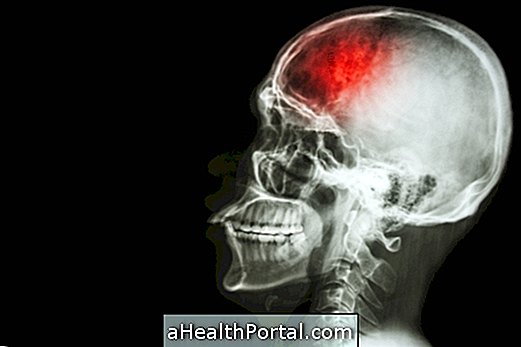




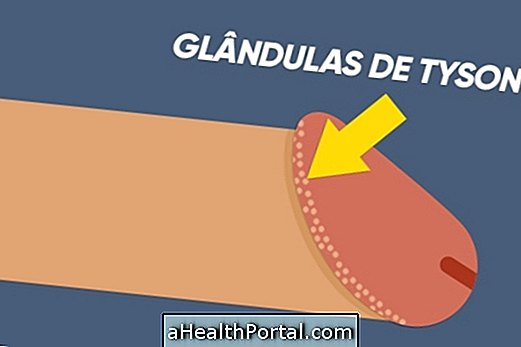
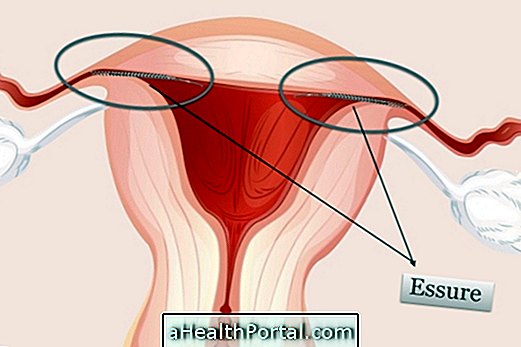





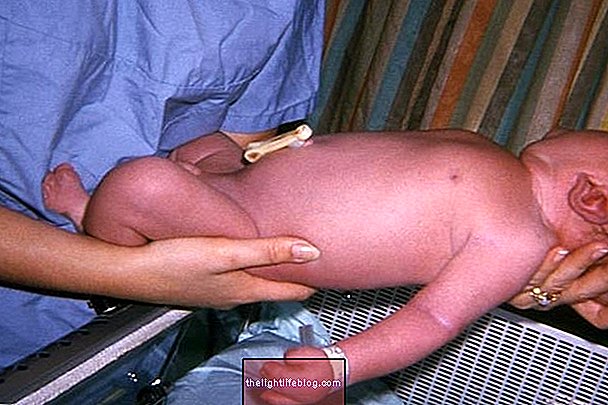


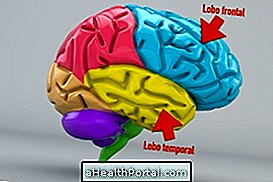
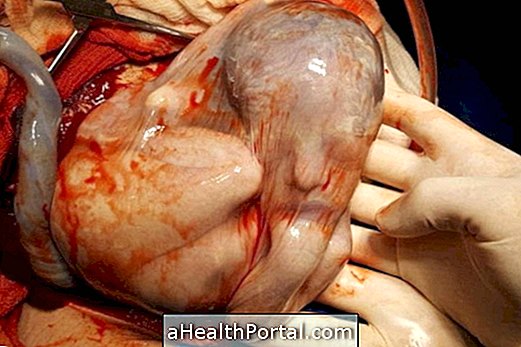
/vacina-covid-19-como-funciona-eficcia-e-efeitos-colaterais.jpg)
